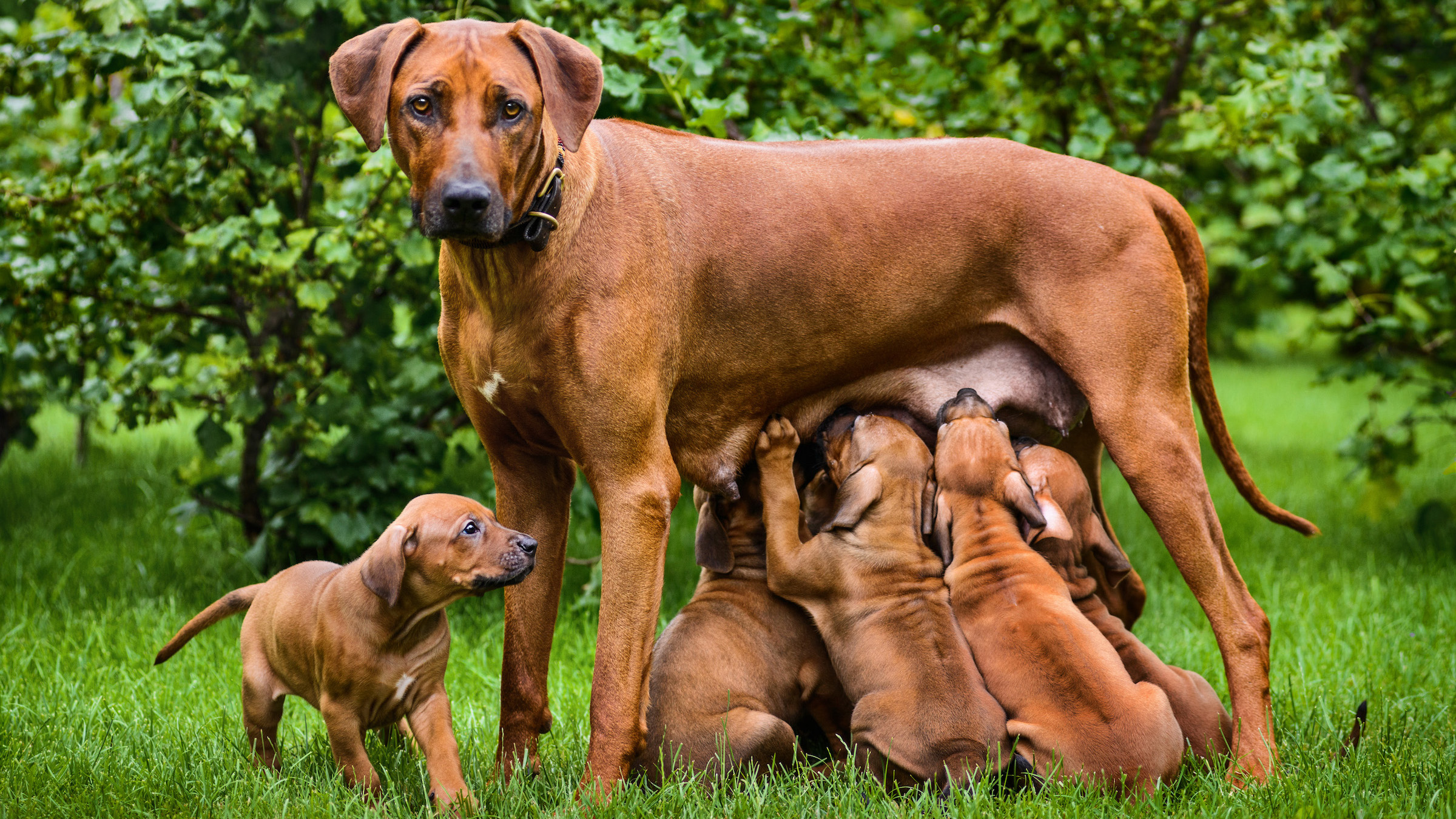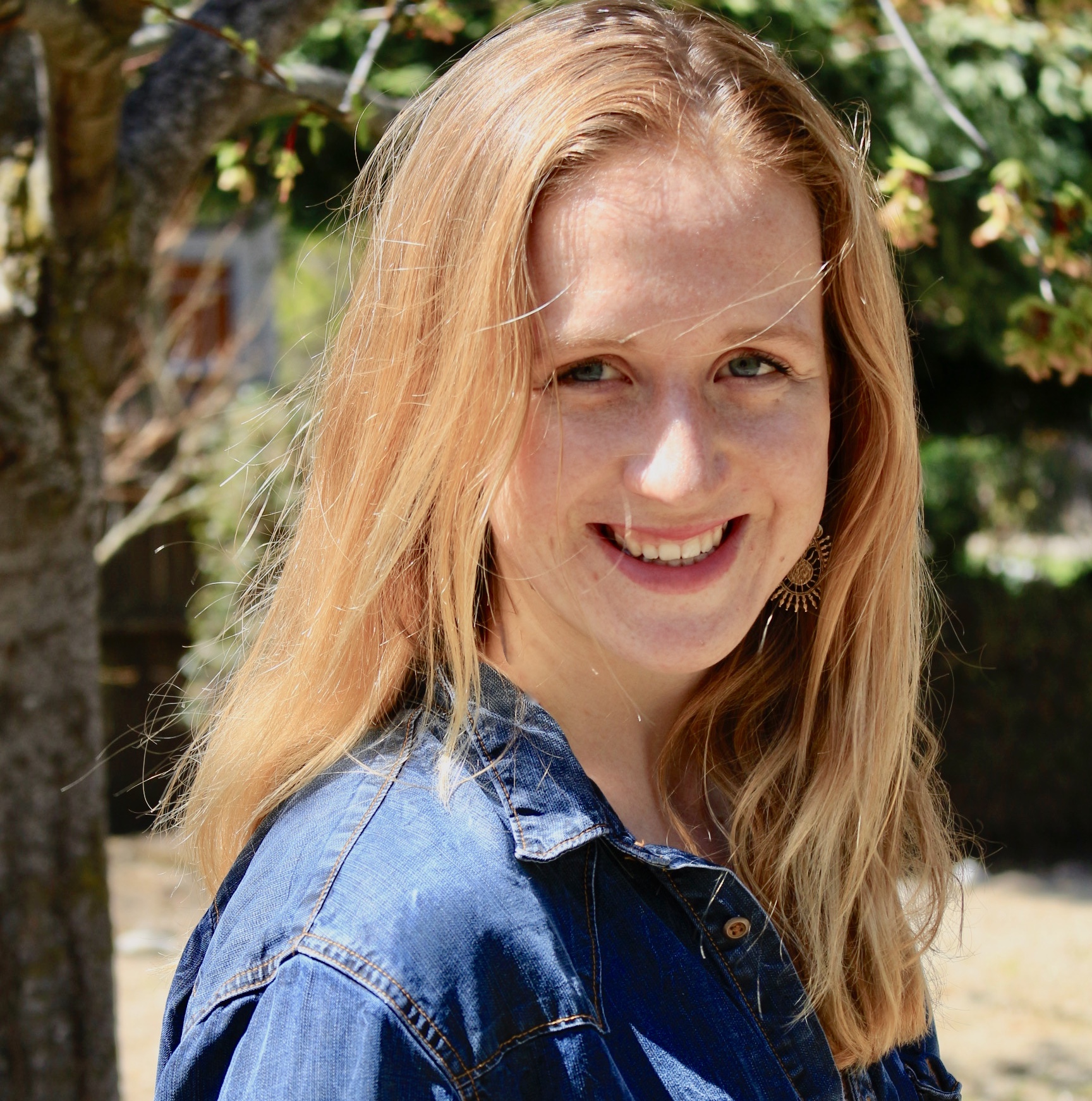
Can animals give birth to identical twins, triplets or even quadruplets?
Humans aren't unusual in our ability to bear multiple young.

One new baby is a handful — but what about two or more? One in 30 parents have their hands full with twins, and nearly one in 10,000 juggle triplets or more, according to U.S. data from the Centers for Disease Control and Prevention.
But how unusual is humans' ability to bear multiple young at once, and how often do other mammals have twins, triplets and quadruplets?
In many animals, multiple babies are the norm rather than the exception. For example, the average dog gives birth to five puppies in a litter, according to a 2011 study published in the journal Theriogenology. So, what's the difference between a litter and twins? "It really just comes down to number," said Charles Long, a reproductive physiologist at Texas A&M University. Whereas a set of twins is by definition two babies, litter-bearing animals almost always have more.
Related: Why pregnancy really lasts 9 months
A female animal has a litter when she releases multiple eggs. When fertilized, these eggs produce multiple embryos. (Identical twins are the exception — but we'll get to that later.) When a woman releases two eggs, we call the resulting offspring fraternal or non-identical twins. (Three eggs results in fraternal triplets, four in fraternal quadruplets. You get the picture.) Whether they're littermates or fraternal twins, these siblings share about half of their DNA — the same as any other sibling pair.
Litter-bearing animals tend to give birth to more than three babies, on average, Long said. But the difference between litters and twins ends there. Technically, there's no difference between a litter of five and a set of fraternal quintuplets — aside from the fact that human quintuplets are exceptionally rare. In 2017, the Centers for Disease Control and Prevention reported only 49 quintuplet and higher order births out of 3,855,500 total births.
On the other hand, some animals rarely give birth to litters, and instead nearly always bear two young with each pregnancy. In these animals, two babies born at the same time are called twins, not littermates. However, these are usually fraternal, not identical twins. Sheep, goats, and deer all regularly give birth to fraternal twins, Long said.
Sign up for the Live Science daily newsletter now
Get the world’s most fascinating discoveries delivered straight to your inbox.
But what about identical twins?
These genetically identical siblings form when a single fertilized egg splits in two. They're rare in humans: about three to four in 1,000 human births result in identical twins, according to the U.S. National Library of Medicine. And as far as scientists can tell, they’re less common in other animals. Veterinarians have identified identical puppies only once, in 2016. In that rare instance, a veterinarian performing a C-section on an Irish wolfhound happened to notice that two of the puppies shared a placenta. A genetic test confirmed that the two puppies shared all of their DNA. But scientists usually aren’t on the lookout for identical twins in other animals, which may be why they appear so uncommon.
In one animal, identical siblings are the rule, not a rarity. Armadillos always give birth to identical quadruplets. In other words, female armadillos ovulate one egg that subsequently splits into four once fertilized. Scientists aren't sure why this happens, or why it's unique to armadillos, Long said. One possible explanation: having identical quadruplets prevents inbreeding. Armadillo siblings can't possibly mate with one another, so they're forced to venture outside of their underground burrows to find mates.
And other animals may give birth to identical twins at higher rates than humans realize. "If a sheep has twin males or twin females, we don't go and test them to see if they're identical," Long said. The uncanny resemblance shared by identical twins isn't a helpful clue, he added. "You know, sheep look alike."
Originally published on Live Science.

Isobel Whitcomb is a contributing writer for Live Science who covers the environment, animals and health. Her work has appeared in the New York Times, Fatherly, Atlas Obscura, Hakai Magazine and Scholastic's Science World Magazine. Isobel's roots are in science. She studied biology at Scripps College in Claremont, California, while working in two different labs and completing a fellowship at Crater Lake National Park. She completed her master's degree in journalism at NYU's Science, Health, and Environmental Reporting Program. She currently lives in Portland, Oregon.









